
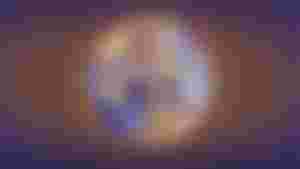
Solar System
The sun is one of the stars in space. The Sun is surrounded by 9 planets, 64 satellites, thousands of asteroids and millions of comets. And the solar system consists of them. The solar system is basically the world made up of the sun and its planets, satellites, asteroids and constellations. The planets and satellites are attracted by the sun and their mutual gravitational force and revolve around the sun in a certain way and at a certain time. This celestial body orbiting the Sun is called the Solar System. The Sun is the only star in the solar system. Each of the planets in the solar system orbits the sun and the satellites orbit their respective planets. Note that each orbit is elliptical.
The planets of the solar system
1. Mercury
2. Fri.
3. Earth
4. Mars
5. Thursday
6. Sat.
7. Uranus
8. Neptune
9. Pluto
1. Mercury:-------
Mercury is the closest planet to the Sun among the planets in the solar system. Mercury is the smallest. Its diameter is 48 kilometers. Its average distance from the sun is 579 × 10 ^ 6 kilometers. Mercury's English name Mercury Mercury means angel of the sun. Mercury's orbit is inside Earth's orbit. Mercury takes 88 days to orbit the sun once. At noon, the temperature of the Mercury region reaches 400 degrees Celsius in the intense heat of the Sun, which is very close to the Sun. Mercury is very small in size. There is no atmosphere, no water, no rain, no clouds, no rain, no hydrogen, no nitrogen, and so on. The crust above Mercury is filled with innumerable wombs and is rough. It has numerous hills and plains.
There are two geologically distinct plains regions on Mercury.Gently rolling, hilly plains in the regions between craters are Mercury's oldest visible surfaces, predating the heavily cratered terrain. These inter-crater plains appear to have obliterated many earlier craters, and show a general paucity of smaller craters below about 30 km in diameter.
Smooth plains are widespread flat areas that fill depressions of various sizes and bear a strong resemblance to the lunar maria. Notably, they fill a wide ring surrounding the Caloris Basin. Unlike lunar maria, the smooth plains of Mercury have the same albedo as the older inter-crater plains. Despite a lack of unequivocally volcanic characteristics, the localisation and rounded, lobate shape of these plains strongly support volcanic origins.All the smooth plains of Mercury formed significantly later than the Caloris basin, as evidenced by appreciably smaller crater densities than on the Caloris ejecta blanket. The floor of the Caloris Basin is filled by a geologically distinct flat plain, broken up by ridges and fractures in a roughly polygonal pattern. It is not clear whether they are volcanic lavas induced by the impact, or a large sheet of impact melt.
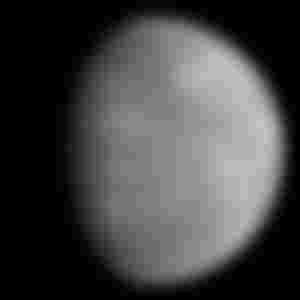
সৌরজগৎ
মহাশূন্যের অন্যতম নক্ষত্র হলো সূর্য। সূর্য কে কেন্দ্র করে 9 টি গ্রহ, 64 টি উপগ্রহ হাজার হাজার গ্রহাণুপুঞ্জ এবং বহু লক্ষ ধূমকেতু ঘুরে বেড়ায়। আর এদের নিয়ে সৌরজগত্ গঠিত। মূলত সূর্য ও তার গ্রহ, উপগ্রহ, গ্রহাণু ও নক্ষত্ররাজি নিয়ে যে জগৎ গঠিত হয় তাই সৌ্রজগৎ। গ্রহ ও উপগ্রহ সূর্য এবং নিজেদের পারস্পারিক মহাকর্ষ শক্তির দ্বারা আকৃষ্ট হয়ে নির্দিষ্ট পথে এবং নির্দিষ্ট সময়ে সূর্যের চারদিকে ঘুরে বেড়ায় । সূর্যকে কেন্দ্র করে ঘূর্ণায়মান এই জ্যোতিষ্ক মন্ডলীকেই বলা হয় সৌরজগৎ বা Solar System. এ সৌর পরিবারের সমস্ত শক্তির আধার একটিমাত্র নক্ষত্র সূর্য। সৌর পরিবারের প্রতিটি গ্রহ সূর্যকে ঘিরে ঘূর্ণায়মান উপগ্রহগুলো তাদের নিজ নিজ গ্রহকে ঘিরে রয়েছে। লক্ষনীয় যে প্রতিটি কক্ষপথেই উপবৃত্তাকার।
সৌরজগতের গ্রহসমূহ
১. বুধ
২. শুক্র
৩. পৃথিবী
৪. মঙ্গল
৫. বৃহস্পতি
৬. শনি
৭. ইউরেনাস
৮. নেপচুন
৯. প্লুটো
১. বুধ :--------
সৌর পরিবারের গ্রহসমূহের মধ্যে সূর্যের সবচাইতে নিকটবর্তী গ্রহ হলো বুধ। বুধ সবচেয়ে ক্ষুদ্রতম। এর ব্যাস ৪৮৭৮ কিলোমিটার। সূর্য থেকে এর গড় দূরত্ব 579 ×10^6 কিলোমিটার। বুধের ইংরেজি নাম Mercury মার্কারি শব্দের অর্থ হলো সূর্যের দূত। বুধের কক্ষপথের পৃথিবীর কক্ষপথের ভেতরে। সূর্যকে একবার প্রদক্ষিণ করে আসতে বুধের সময় লাগে 88 দিন। সূর্যের অতি নিকটে অবস্থান করার সূর্যের প্রখর তাপে দুপুর বেলায় বুধের অঞ্চলের তাপমাত্রা ডিগ্রী 400 সেলসিয়াস পর্যন্ত হয়। বুধ গ্রহের আয়তন অত্যন্ত ক্ষুদ্র। সূর্যের অতি নিকটে অবস্থান করার খালি চোখে এঁকে দেখায় খুব কঠিন কোন বায়ুমণ্ডল নেই, নেই পানি, মেঘ-বৃষ্টি হাইড্রোজেন নাইট্রোজেন ইত্যাদি হালকা বাতাবরণ। বুধের উপরে ভূত্বক অসংখ্য গর্ভে ভরা ও এবড়ো-থেবড়ো। এতে রয়েছে অসংখ্য পাহাড় ও সমতল ভূমি।
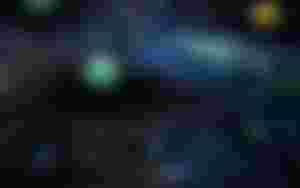
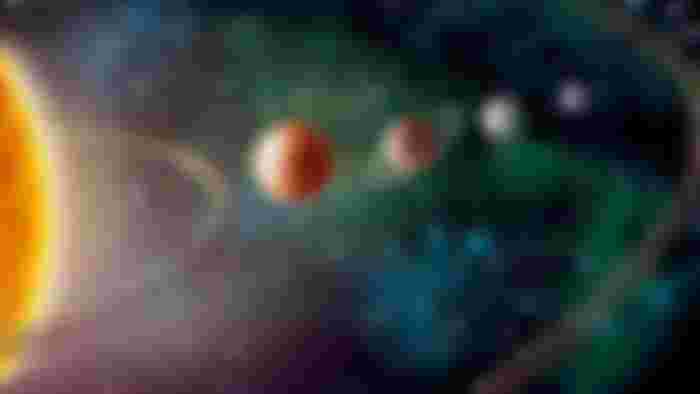
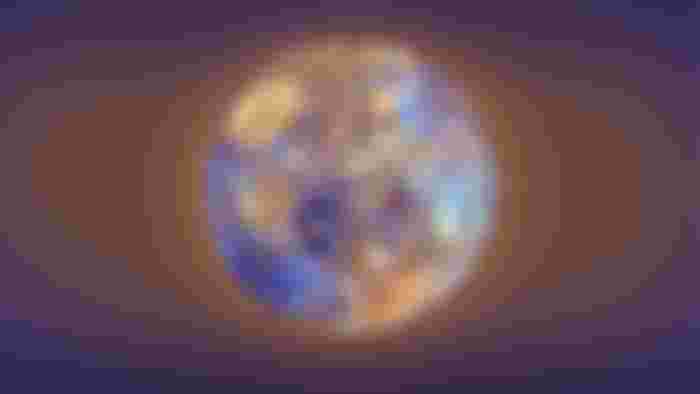
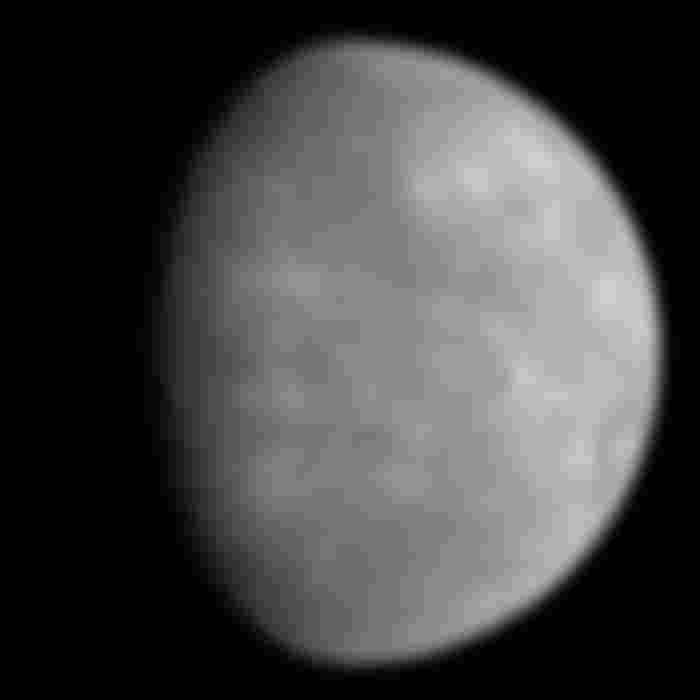
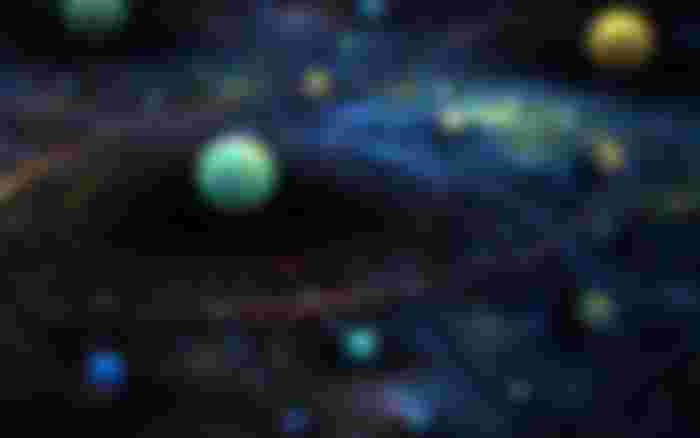
অসাধারন।ভালো একটা পৌস্ট করেছেন যা থেকে সৌরজগৎ সম্পকে কিছু জানতে পারলাম।